Search

Five Range Management Principles: #3 Ecosystem Biodiversity
Milkweed can help make rangelands a better environment for both cattle and neighboring plants and animals by having a shielding effect on companion plants, preventing erosion and accelerating the decomposition process, whole also providing nectar, habitat and organic material for ecosystem services.
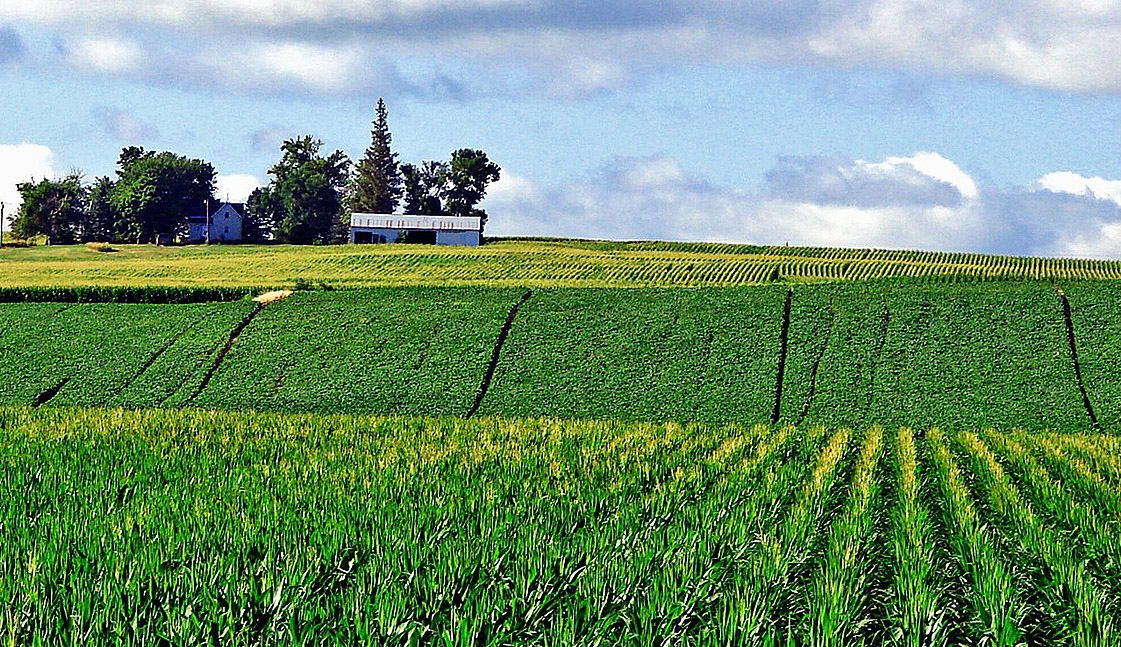
Fall Cover Crops Boost Soil Arbuscular Mycorrhizal Fungi Which Can Lead To Reduced Inputs
Fall cover crops provide multiple benefits to producers. These benefits include pathogen and pest protection, drought protection, weed control, reduced soil erosion, nutrient acquisition and retention, increased soil organic matter, and conservation of soil water by improvement of soil structure that increases infiltration and water holding capacity.

SDSU Extension Provides Drought Management Resources
June 08, 2022
The U.S. Drought Monitor continues to classify parts of South Dakota in some level of drought. SDSU Extension has a variety of tools and resources to assist producers with drought decision making.
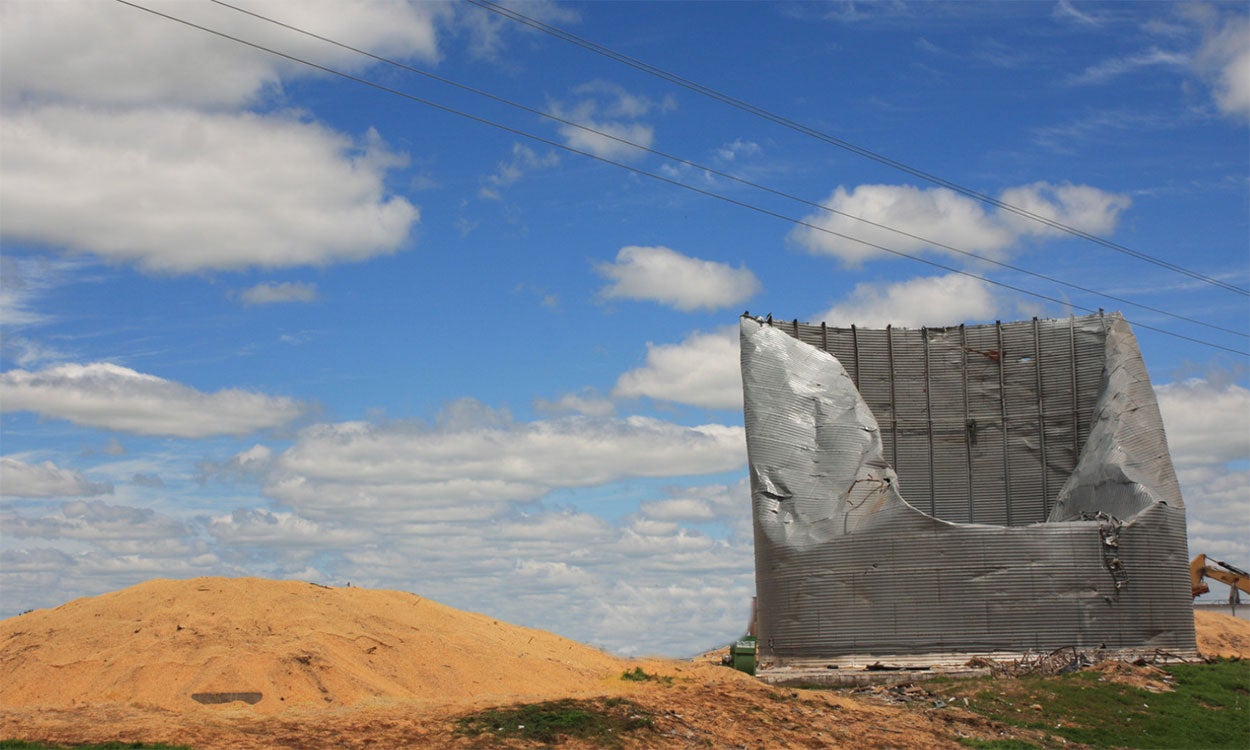
Salvaging Feed Grain From Damaged Storage Structures
The windstorm that hit South Dakota on May 12, 2022 left an extensive damage in its wake, including damage to grain bin structures. Taking prompt action can help minimize value loss in stored grain.

Wind Damage to Pole Barns: Things To Know
Windstorms can cause significant damage to agricultural structures, including post-frame buildings, also known as pole barns. Learn some expert tips for protecting, inspecting and repairing these structures in the aftermath of a storm.
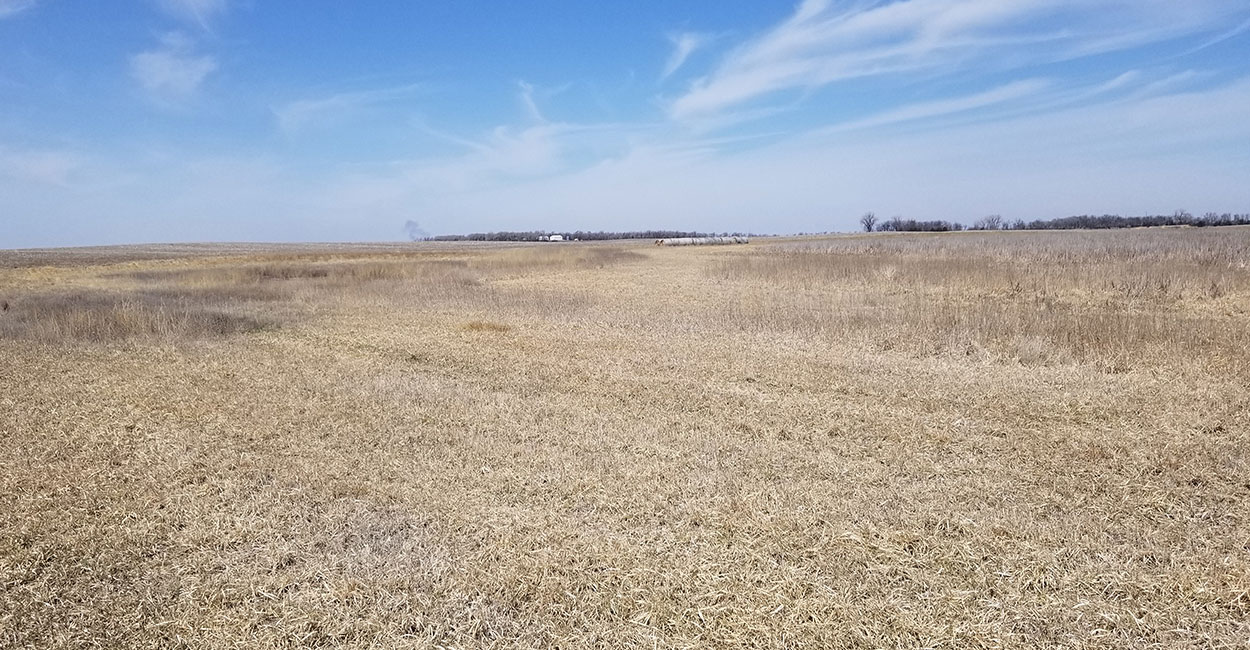
The Power of Living Roots
Learn how living roots improve soil structure and can be used as a tool to fix marginal lands with salty soil conditions.

Late Spring Bloom in 2022
In South Dakota, with temperatures cooler than average in 2022, the arrival of spring has been later than usual. Indicators like the first leaf or bloom of some common plants can be used to define the arrival of spring.
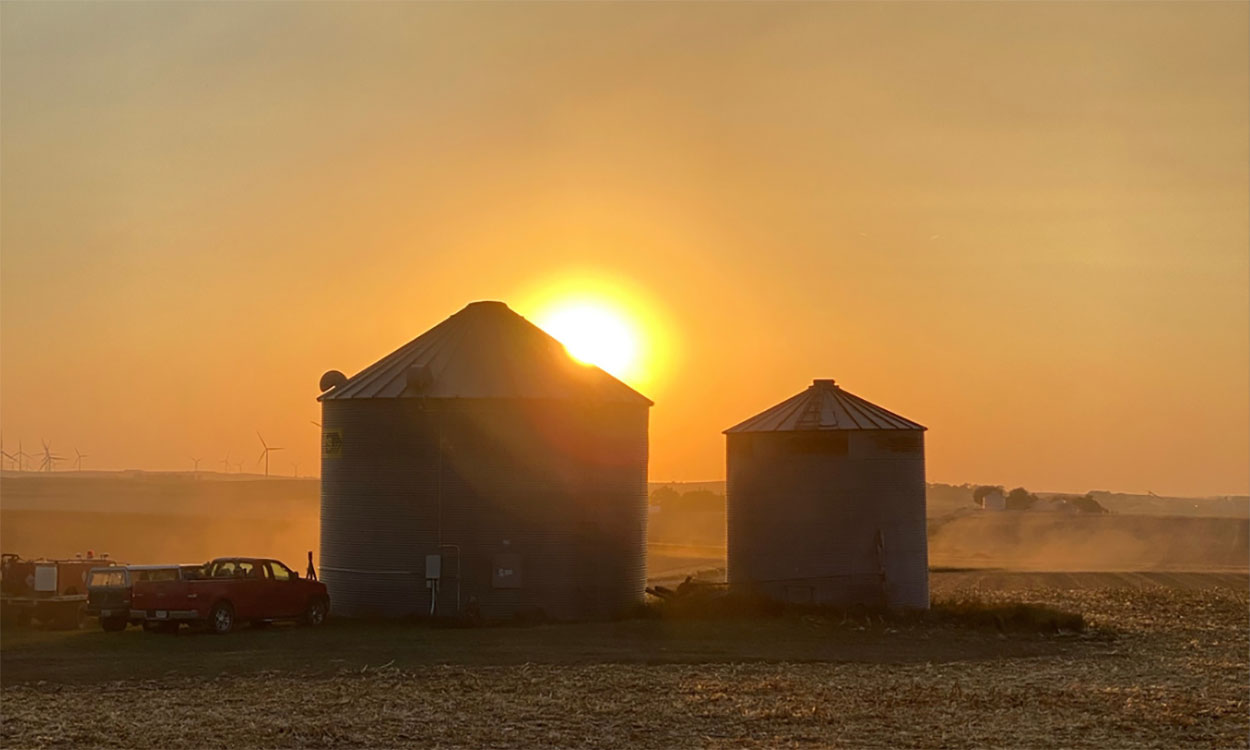
Inspecting Grain Bins After a Windstorm
Due to their high profile and light structure, metal grain bins are highly susceptible to wind damage. View a step-by-step guide for inspecting them in the aftermath of a windstorm.

Improving Protein Content in Wheat
Wheat producers in South Dakota always strive to grow a premium product. Quality in wheat often depends on test weight and protein content.
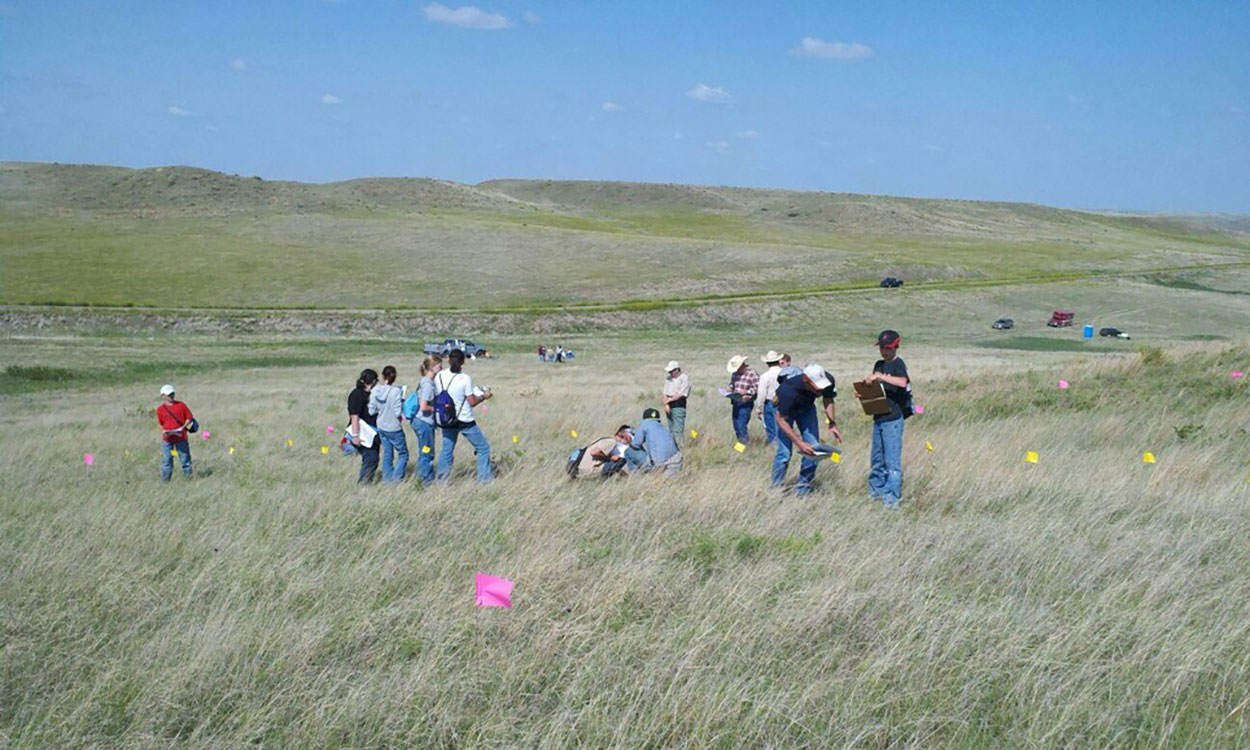
38th Annual Rangeland and 17th Annual Soils Days Set for June 14 and 15 in Murdo
March 28, 2022
Rangeland and Soils Days offer a unique opportunity for youth and adults alike to learn more about South Dakota’s natural resources.